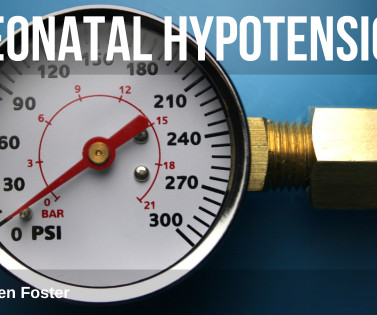ToxCard: Iron
EMDocs
DECEMBER 6, 2024
In 1997, the Food and Drug Administration (FDA) mandated unit-dose packaging for all iron-containing products with more than 30 milligrams of elemental iron. Aggressive fluid resuscitation as patients may be severely hypovolemic from GI symptoms. Blood transfusion for clinically significant blood loss.













Let's personalize your content